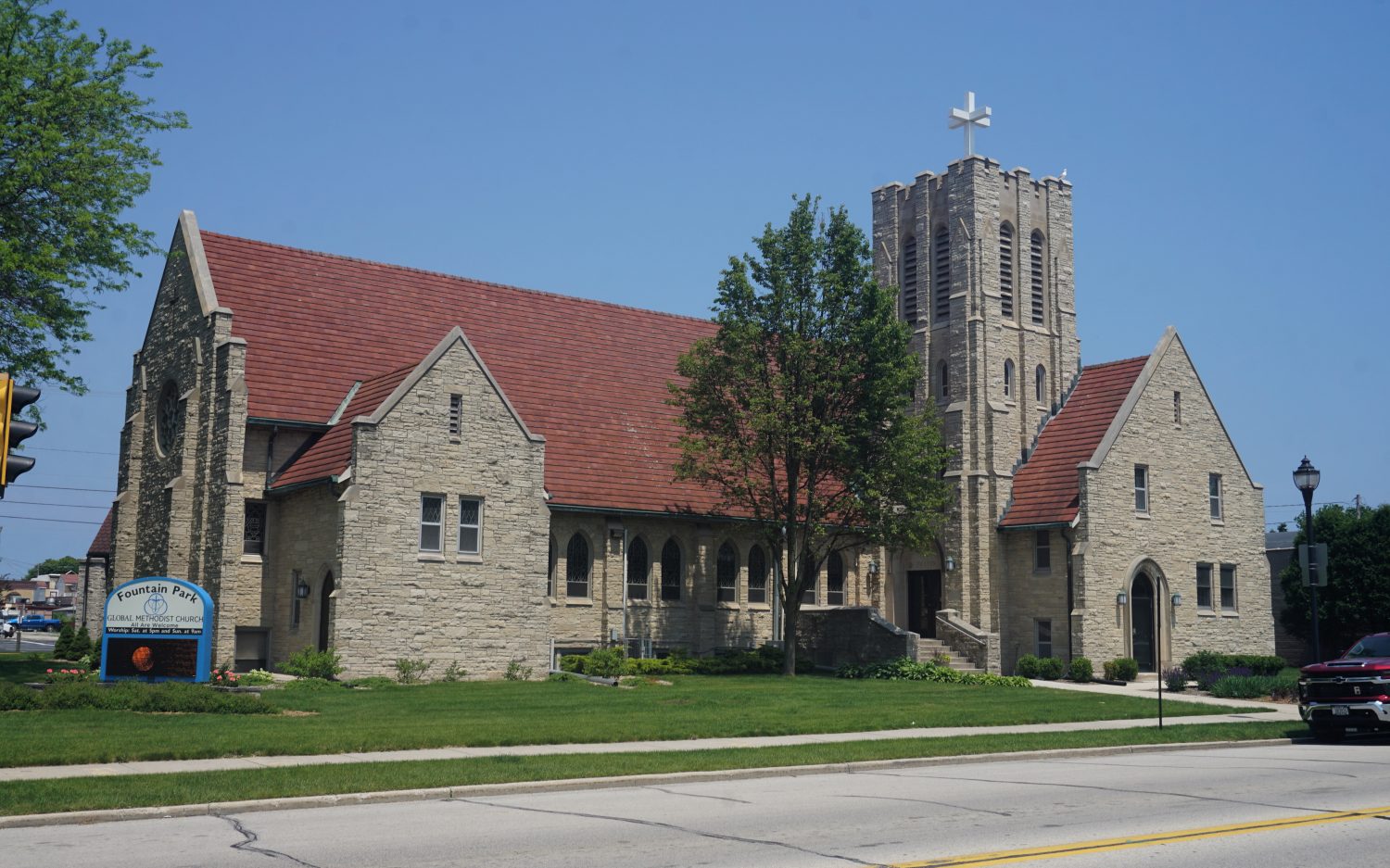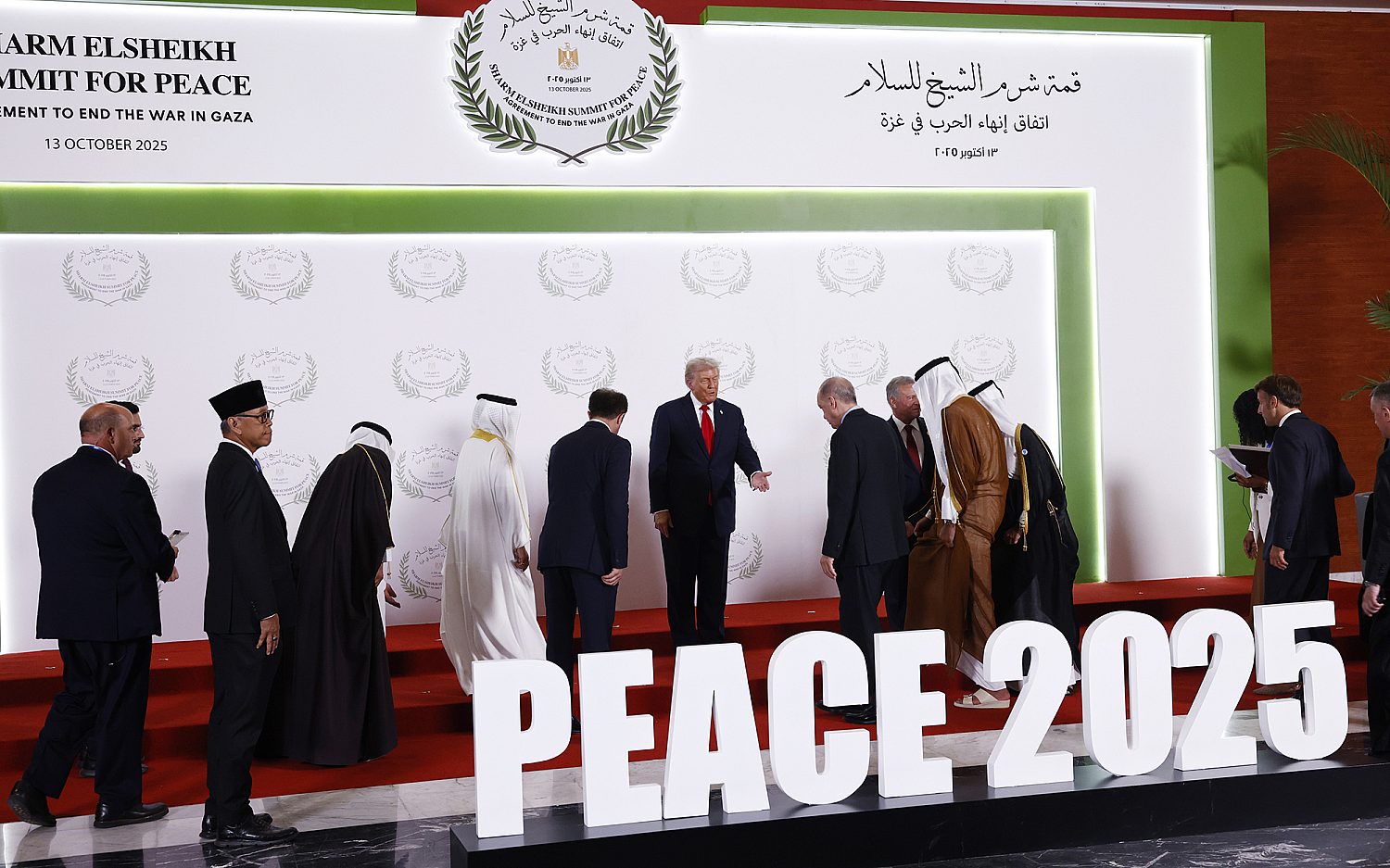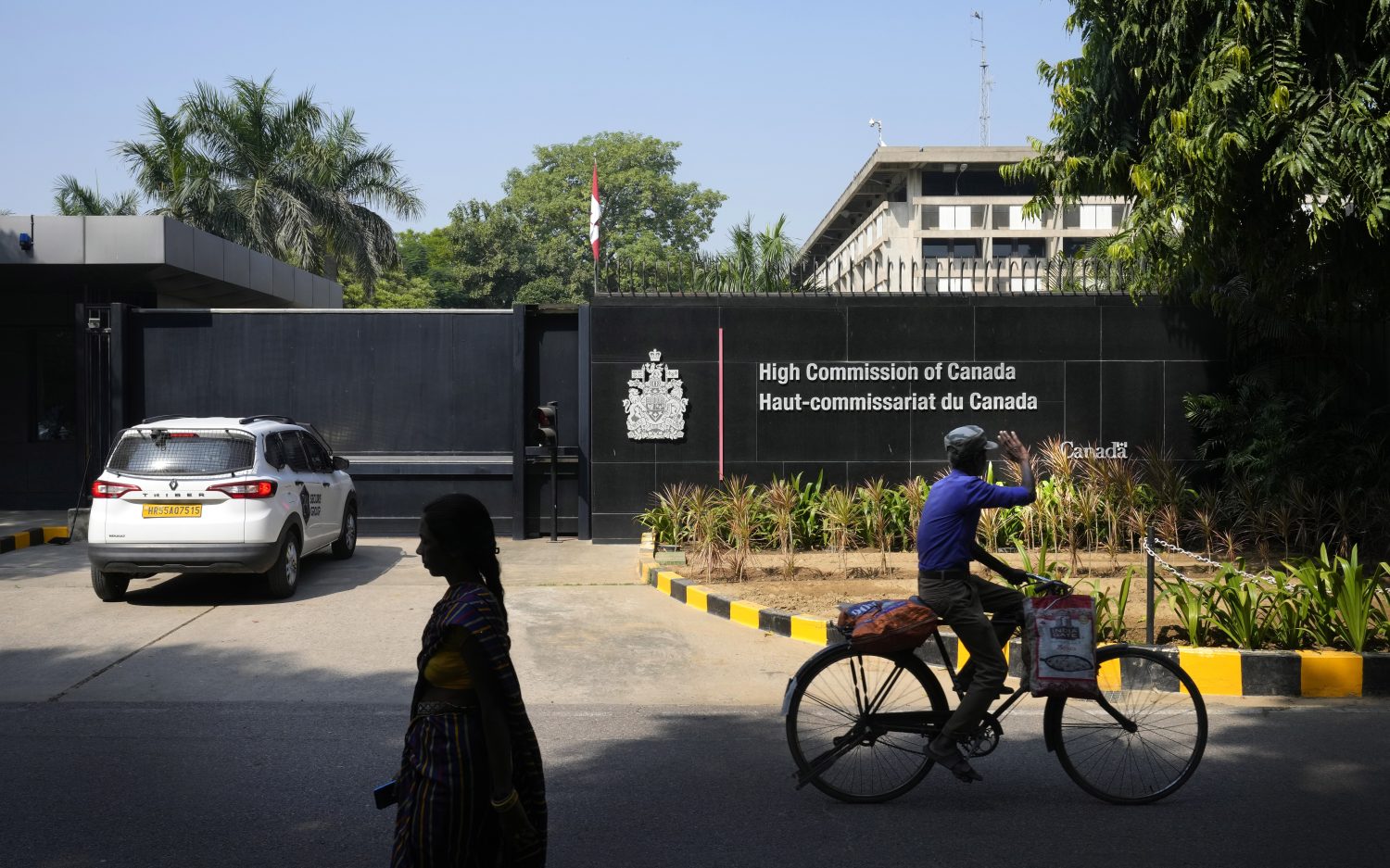Taiwan remembers 1947 massacre
Ceremonies at the 228 Memorial mark a painful period in the island’s history that still scars its relationship with China
TAIPEI, Taiwan—One by one, white-haired men and women laid long-stemmed lilies in front of the 228 memorial, bowing in reverence to relatives killed in the 228 Massacre—also known as the 228 Incident—in 1947. Wafts of classical music drifted from a commemorative concert in another section of the park, as kids chased each other in the grassy lawn.
A national holiday in Taiwan, Feb. 28 marks the 68th anniversary of anti-China riots and the subsequent harsh crackdown that left more than 10,000 people dead and set off nearly 40 years of martial law on the island. The day of remembrance revealed deep divides over Taiwan’s identity, its relationship with China, and how history played out. But for some young people, the day meant little more than a three-day weekend and a chance to enjoy sunny 70-degree weather.
The 1947 conflict flared after Chinese Nationals troops, also known as the Kuomintang (KMT) arrived in Taiwan at the end of WWII. The Japanese had ruled Taiwan as a colony for 43 years, and most of the ethnic Chinese living on the island welcomed the soldiers coming to free them. But excitement waned as the KMT looted houses and used Taiwan’s resources to support its ongoing civil war with the Communists, creating food shortages and runaway inflation. Those coming from China looked suspiciously at the Japanese-influenced Taiwanese, while the Taiwanese grew resentful at the influx of mainlanders, or waishengren.
Pent-up frustrations came to a head Feb. 27 after police beat a women selling contraband cigarettes and accidentally shot and killed a bystander. The next day, crowds gathered at a government building in Taipei demanding justice, and Chinese Gov. Chen Yi allowed officers to open fire on the crowd, killing several people and setting off uprisings around the island.
In response, the KMT declared martial law and called in troops from China, who “indulged in three days of indiscriminate killing and looting,” according to a March 1947 New York Times article. Yi’s troops killed many of Taiwan's elite, suspecting them of instigating the uprisings or siding with the Japanese. A period known as “White Terror” followed, as the KMT continued cracking down on those they suspected of opposition—either real or imagined—labeling them communist spies. Both those living in Taiwan and those who escaped from China were targeted, leading to more than 140,000 imprisonments and thousands of deaths.
The 228 death toll is estimated somewhere between 10,000 and 30,000, although the exact number is unknown. Many victims’ families kept silent for the next 50 years out of fear of reprisals. By the time martial law had lifted in 1987 and democracy allowed for openness about the events, many who had lived through it had already passed away and their children knew little about what happened.
In 1995, then-President Lee Teng-hui of the KMT Party formally apologized for 228 and set up Feb. 28 as a day of remembrance. The day is marked by concerts, speeches, survivors sharing stories, and demonstrations by different groups airing grievances. On Saturday, busloads of police officers kept watch at the 228 Peace Memorial Park, as President Ma Ying-Jeou and Taipei Mayor Ko attended a ceremony honoring the victims. Ma noted how far Taiwan has come and urged citizens to “never forget the lesson from the 228 Incident and never repeat that history.”
But the island is still deeply divided between those who arrived with KMT and those who have lived here for centuries. The former tie their identity more closely with China, while the latter point to their Taiwanese heritage and speak Taiwanese, a variant of the Fujian dialect. Despite the apologies and compensations from the KMT for 228, the opposition Democratic Progressive Party (DPP) and other pro-independence groups still want answers about the event.
Li Tsai-lin of the Taiwan National Federation of 228, whose family was affected during the massacre, said the event led to the beginning of Taiwan’s independence movement. “It’s because of the horrors of 228 that people started to see that Taiwan needs to become it’s own homeland, rather than looking to China as its homeland.”
The group helped put on a Taiwanese-language event at the memorial with speeches by DPP’s 2016 presidential candidate, Tsai Ing-wen, and choirs singing traditional Taiwanese songs. Behind them, a more radical group rode bicycles carrying the sign “Taiwanese people are not Chinese people.”
Others in attendance fear the DPP’s message of independence will damage improving relations with China and ultimately hurt Taiwan’s well-being. Zhang Lu-fang, who works in constitutional law, has lived in Taiwan her whole life but views mainland Chinese as “brothers and friends” that Taiwan needs to continue communicating with. That’s why she finds commemorating 288 so important: “It allows people a chance to say what they think, to tell their stories. This is our history, and we hope to raise our voices so that others like China can see that what we really want is peace.”
Most attending the events were over 50. Many either lived through the era or had loved ones who did. Outside 228 Park, young people went about their way, spending their long weekend snapping photos of blooming cherry blossoms in Yuangminshan or perusing night markets. At National Taipei University (NTU), alumni Kelly Chen said that while she learned about 228 in school, it doesn’t have any direct effect on her life, save getting a day off work: “It’s only during elections that the media will bring it up again for discussion.”
But NTU student Eric Sun, who was rushing off to work on a group project when I met him, pointed out that the murders of Taiwan’s intellectual elite during 228 made an impact still felt today: “If they hadn’t been killed, then I think Taiwan’s growth would have been faster and our living conditions would be better than they are now.”
An actual newsletter worth subscribing to instead of just a collection of links. —Adam
Sign up to receive The Sift email newsletter each weekday morning for the latest headlines from WORLD’s breaking news team.





Please wait while we load the latest comments...
Comments
Please register, subscribe, or log in to comment on this article.